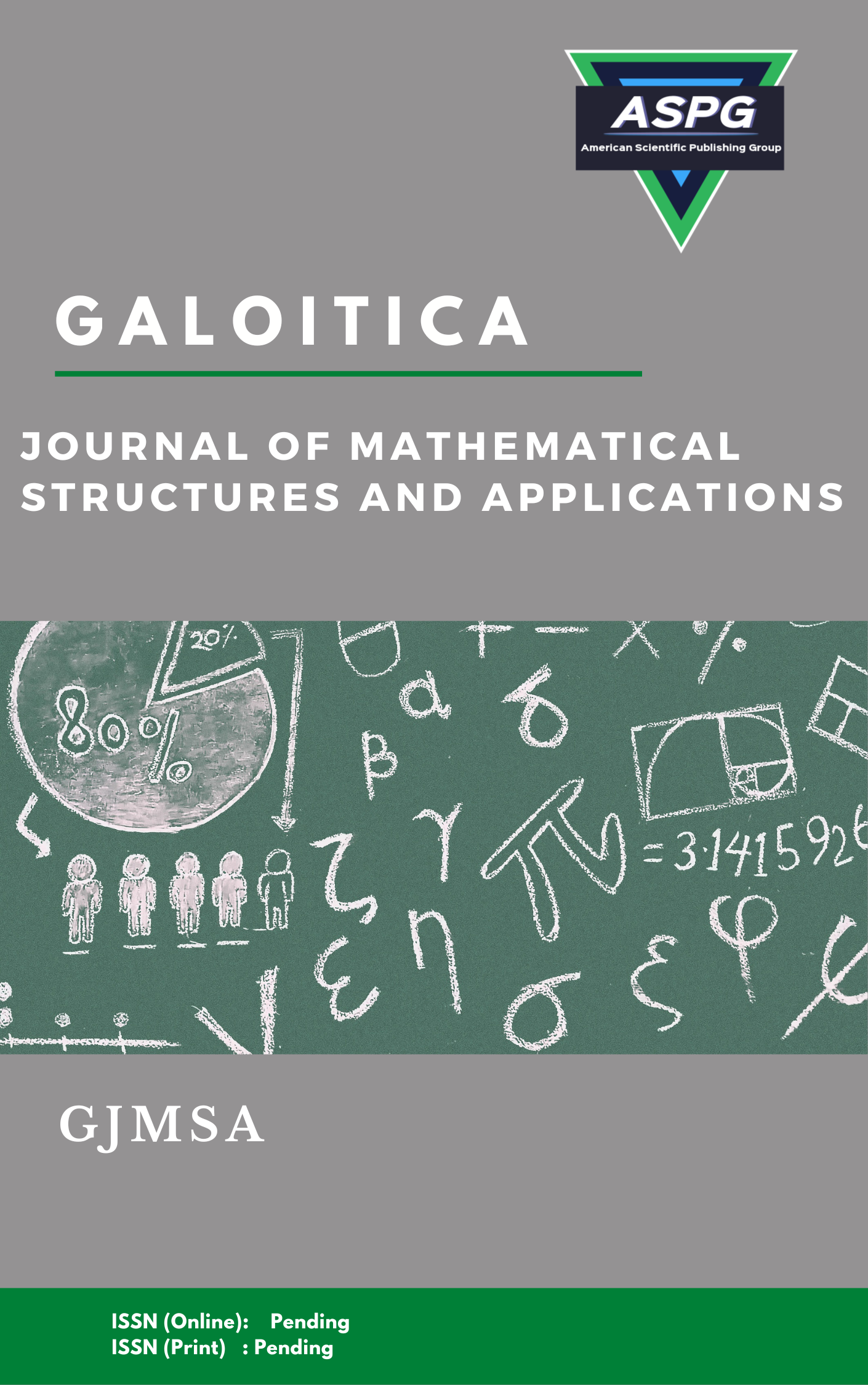

In recent years, neutrosophic soft bitopological spaces have emerged as a promising framework for handling uncertainty and imprecision in various domains, particularly in the context of decision-making problems. This paper presents a comprehensive study of advanced decision-making techniques using generalized close sets in neutrosophic soft bitopological spaces. The primary objective of this research is to develop a better understanding of the theoretical underpinnings of generalized close sets and their practical applications in decision-making under uncertain conditions. We begin by providing a detailed introduction to the key concepts of neutrosophic sets, neutrosophic soft sets, and neutrosophic soft bitopological spaces. Subsequently, we introduce generalized close sets and discuss their properties and interrelationships with other relevant constructs in the field. The paper then delves into the decision-making aspect, presenting various methodologies for solving decision-making problems using generalized close sets in the context of neutrosophic soft bitopological spaces. Numerous illustrative examples and case studies are provided throughout the paper to demonstrate the applicability and effectiveness of the proposed techniques in handling complex decision-making problems in real-world scenarios. The results of this research not only contribute to the existing body of knowledge in the field but also offer valuable insights for practitioners and researchers seeking to employ advanced decision-making techniques in uncertain environments.
Read MoreDoi: https://doi.org/10.54216/GJMSA.0100101
Vol. 10 Issue. 1 PP. 08-16, (2023)
Despite the great and rapid progress in the study of Fuzzy Logic and its applications in various scientific fields, it has not yet been used to build a consistent number theory like classical number theory. This research provides for the first time a conception of the concepts of number theory based on fuzzy logic and fuzzy membership functions, where it defines the division process, the fuzzy congruence, the greatest common divisor between integers with a fuzzy membership function. On the other hand, it presents many famous Diophantine equations formulated using fuzzy sets, in addition to many properties of fuzzy number theoretical systems, through many related theorems and accompanying illustrative examples. Also, in this research, we are raising many open research questions related to fuzzy number theory, which we believe will represent the future of progress in the study of this new mathematical branch.
Read MoreDoi: https://doi.org/10.54216/GJMSA.0100102
Vol. 10 Issue. 1 PP. 17-25, (2023)
This paper is dedicated to defining and studying the concept of congruencies in l-groups, where we prove the following main results: 1) If θ is a congruence relation on l-group G, then is l-group. 2) If is l-group, then for holds: if and only if are equivalent. Also, we illustrate many examples to clarify the validity of our work.
Read MoreDoi: https://doi.org/10.54216/GJMSA.0100103
Vol. 10 Issue. 1 PP. 26-30, (2023)
This research provides a conceptual framework and examples for applying Bayesian techniques to binary and vector data. For the binary data, for observations take on one of two possible values, Bayesian logistic regression and Bayesian networks are techniques, applicable Bayesian logistic regression places priors on the coefficients and derives the posterior using the likelihoods under a logistic model. Bayesian networks represent dependencies between binary variables graphically and perform inference using conditional probability tables. For vector data, where observations are multi-dimensional, Bayesian linear regression places priors on the regression coefficients and finds posterior using the likelihoods under linear model. Gaussian process regression models the relationship between inputs and outputs as a draw from a Gaussian process prior and computes the posterior process given observed data. The research provides the conceptual framework underlying Bayesian analysis, including key concepts such as prior and posterior distributions. It highlights the advantages of Bayesian methods like the ability to incorporate domain knowledge and model uncertainty. Numerical examples demonstrate how Bayesian techniques can be applied to binary and vector data classification tasks. The abstract summarizes the core ideas and contributions of the research on this topic.
Read MoreDoi: https://doi.org/10.54216/GJMSA.0100104
Vol. 10 Issue. 1 PP. 31-38, (2023)
The concept of inverse Γ-semiring M is a generalization of inverse semiring. This paper investigates the concept (σ, τ)- derivation on inverse Γ-semiring and extend a few results of this map on prime inverse Γ- semiring that acts as a homomorphism or as an anti- homomorphism, where σ, τ are automorphisms on M.
Read MoreDoi: https://doi.org/10.54216/GJMSA.0100105
Vol. 10 Issue. 1 PP. 39-55, (2023)